Understanding Whitening Strips Basics
Whitening strips have become a popular choice for people looking to brighten their smiles from the comfort of their homes. These thin, flexible strips are coated with a whitening agent and are designed to adhere to the surface of your teeth. They’re readily available over the counter, making them an accessible option for many. However, understanding how they work, what they contain, and their recommended usage is crucial before incorporating them into your oral hygiene routine. This ensures you’re making an informed decision and minimizing potential risks while maximizing their effectiveness. The goal is to achieve a brighter smile safely and effectively.
What are Whitening Strips
Whitening strips are small, flexible plastic strips coated with a whitening gel, typically containing hydrogen peroxide or carbamide peroxide. They are designed to be applied directly to the teeth, adhering to the surface and allowing the whitening agent to come into contact with the enamel. Different brands and formulations are available, offering varying concentrations of the active ingredients and recommended usage durations. Some strips cover only the front teeth, while others extend to the molars. They offer a convenient and relatively inexpensive way to enhance the appearance of your teeth compared to professional treatments.
How Whitening Strips Work
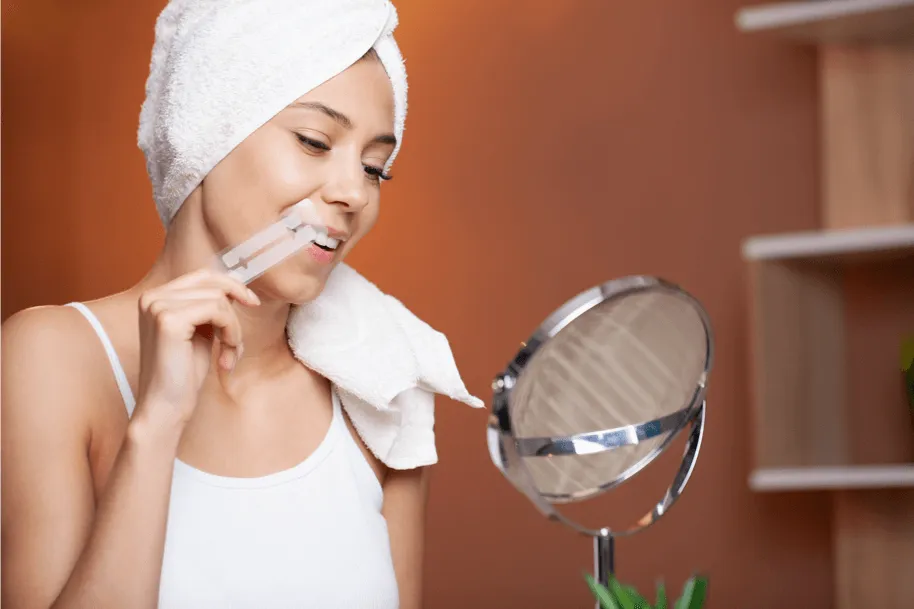
The active ingredients in whitening strips, primarily hydrogen peroxide or carbamide peroxide, work by breaking down the stain molecules within the tooth enamel. These molecules are responsible for the discoloration that makes teeth appear dull or stained. The peroxide penetrates the enamel and, through an oxidation process, lightens the discolored areas, resulting in a brighter appearance. The effectiveness depends on the concentration of the whitening agent, the duration of application, and the type of stains present. Consistency in usage, according to the manufacturer’s instructions, is key to achieving the best results.
Active Ingredients in Whitening Strips
The primary active ingredients in whitening strips are hydrogen peroxide and carbamide peroxide. Hydrogen peroxide is a stronger oxidizing agent and often provides quicker results. Carbamide peroxide breaks down into hydrogen peroxide, releasing it slowly over time. The concentration of these ingredients varies among different products. The higher the concentration, the faster the whitening effect, but also the greater the potential for sensitivity and other side effects. It’s important to note the concentration level before use and to follow the instructions carefully to avoid adverse reactions. Some strips may also contain other ingredients like flavoring agents and adhesion promoters to improve the experience.
Recommended Usage Guidelines
The recommended usage of whitening strips is clearly outlined by the manufacturer. Following these instructions is essential for achieving the desired results while minimizing potential risks. These guidelines specify the duration of application, the frequency of use, and the total treatment period. Typically, whitening strips are designed for once-a-day use for a specific period, such as 30 minutes daily for two weeks. Deviating from these instructions, especially by using them more frequently, can increase the likelihood of adverse effects. It’s important to be patient and consistent with the recommended usage for optimal and safe results. Consulting with your dentist can provide further guidance.
The Manufacturer’s Instructions
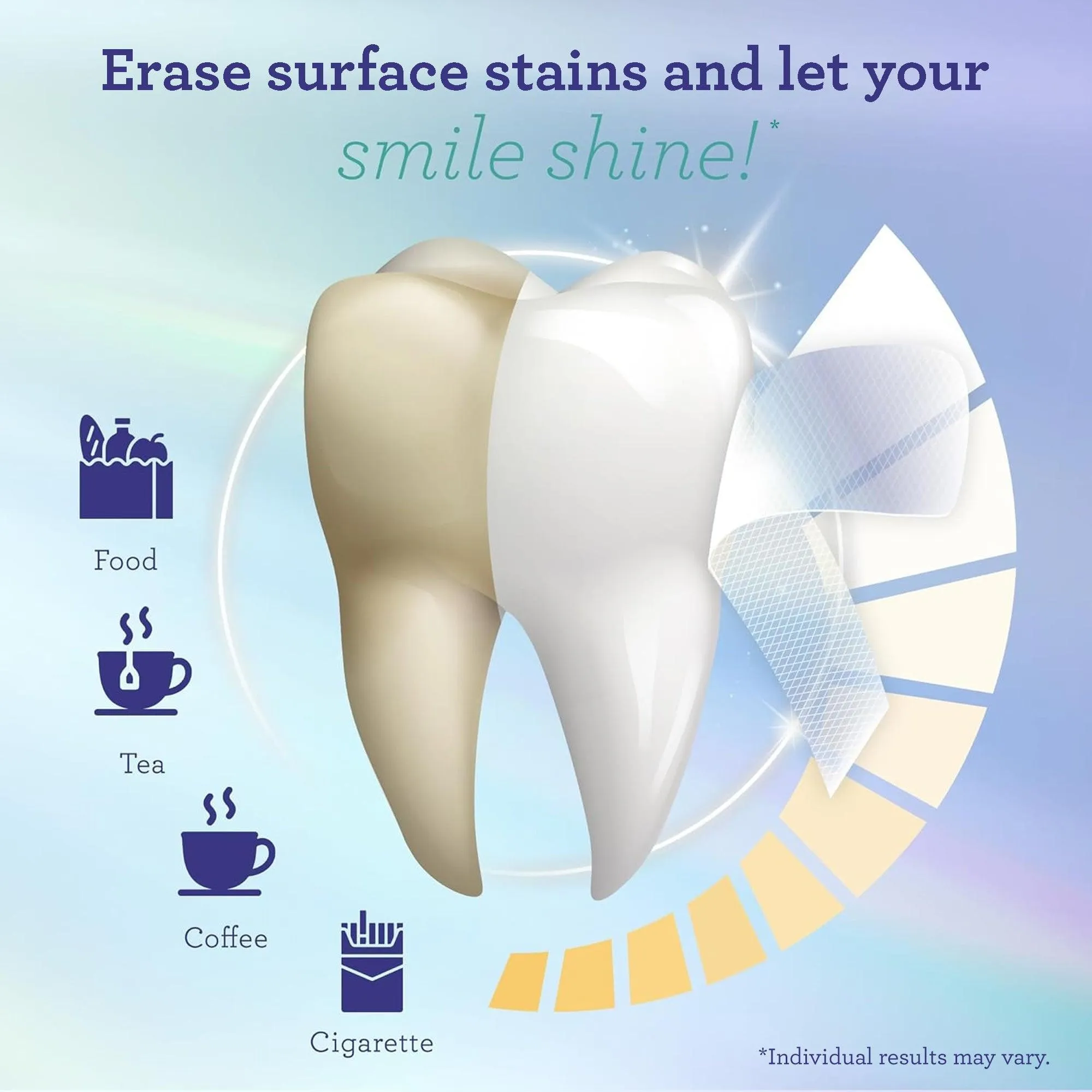
Manufacturers invest considerable resources in testing and formulating their products. Their instructions are based on clinical trials and are designed to ensure the product’s safety and effectiveness. These instructions cover the application process, including how to apply the strips to your teeth, how long to leave them on, and how to remove them. They also typically advise against eating, drinking, or smoking during the treatment period. Carefully reading and adhering to these guidelines is the first and most crucial step in ensuring a positive experience with whitening strips. If any discomfort arises, discontinue use and consult a dentist.
Why Follow the Instructions
The manufacturer’s instructions are designed to balance the effectiveness of the whitening process with the safety of your teeth and gums. Using whitening strips more frequently than recommended increases the risk of side effects like tooth sensitivity, gum irritation, and enamel erosion. Moreover, using the product longer than the recommended time may not significantly improve the whitening effect but could significantly increase the risk of damage. Following the instructions ensures you are using the product in the safest and most effective manner. It helps to prevent potential harm and promotes a healthier, brighter smile.
Potential Risks of Using Whitening Strips Twice a Day
Using whitening strips twice a day, against the manufacturer’s recommendations, significantly increases the risk of several adverse effects. While the desire for quicker results is understandable, the potential damage to your oral health outweighs the benefits. Overuse can lead to increased sensitivity, gum irritation, and enamel erosion. These risks highlight the importance of adhering to the recommended usage guidelines to protect the health and integrity of your teeth and gums. Understanding these potential dangers helps you make informed decisions about your oral hygiene routine and prevents potential long-term issues.
Tooth Sensitivity
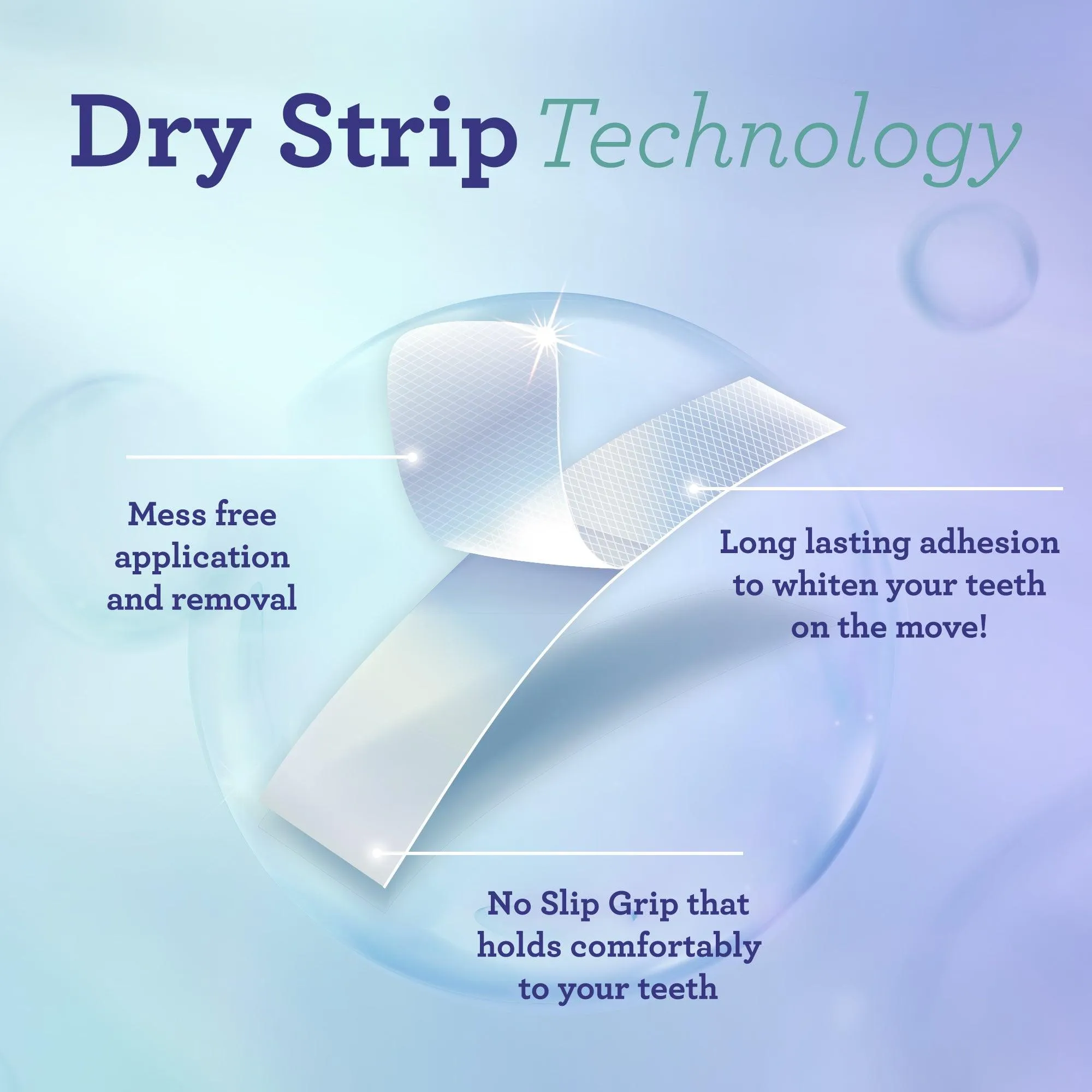
Tooth sensitivity is a common side effect of teeth whitening, including the use of whitening strips. It occurs when the whitening agents penetrate the enamel and reach the dentin, which contains nerve endings. Using whitening strips twice a day exposes the teeth to higher concentrations of these agents and for longer durations, intensifying this effect. Symptoms can range from mild discomfort to sharp, shooting pains when consuming hot or cold foods and drinks. If you experience tooth sensitivity, it’s recommended to reduce the frequency of use or consult with your dentist for advice. They may suggest using toothpaste designed for sensitive teeth.
Gum Irritation
Gum irritation, another potential side effect, can manifest as redness, swelling, or even blistering of the gums. The whitening agents in the strips can irritate the soft tissues if they come into contact with them for extended periods. Using whitening strips twice a day increases the likelihood of gum irritation. Proper application, ensuring the strips only touch the teeth, can help minimize this risk. If gum irritation develops, stop using the strips and allow your gums to heal. Over-the-counter anti-inflammatory medications or a visit to your dentist may be necessary for severe cases.
Enamel Erosion
Enamel erosion, although less common, is a more severe potential risk of overusing whitening strips. Enamel is the hard, protective outer layer of your teeth. Excessive exposure to whitening agents can weaken the enamel over time, making the teeth more vulnerable to decay and sensitivity. The erosion of enamel is irreversible and can lead to further dental problems. Using whitening strips as directed helps minimize the risk of enamel erosion. If you have concerns about enamel erosion, consulting your dentist for advice on alternative whitening options is crucial.
Benefits of Using Whitening Strips
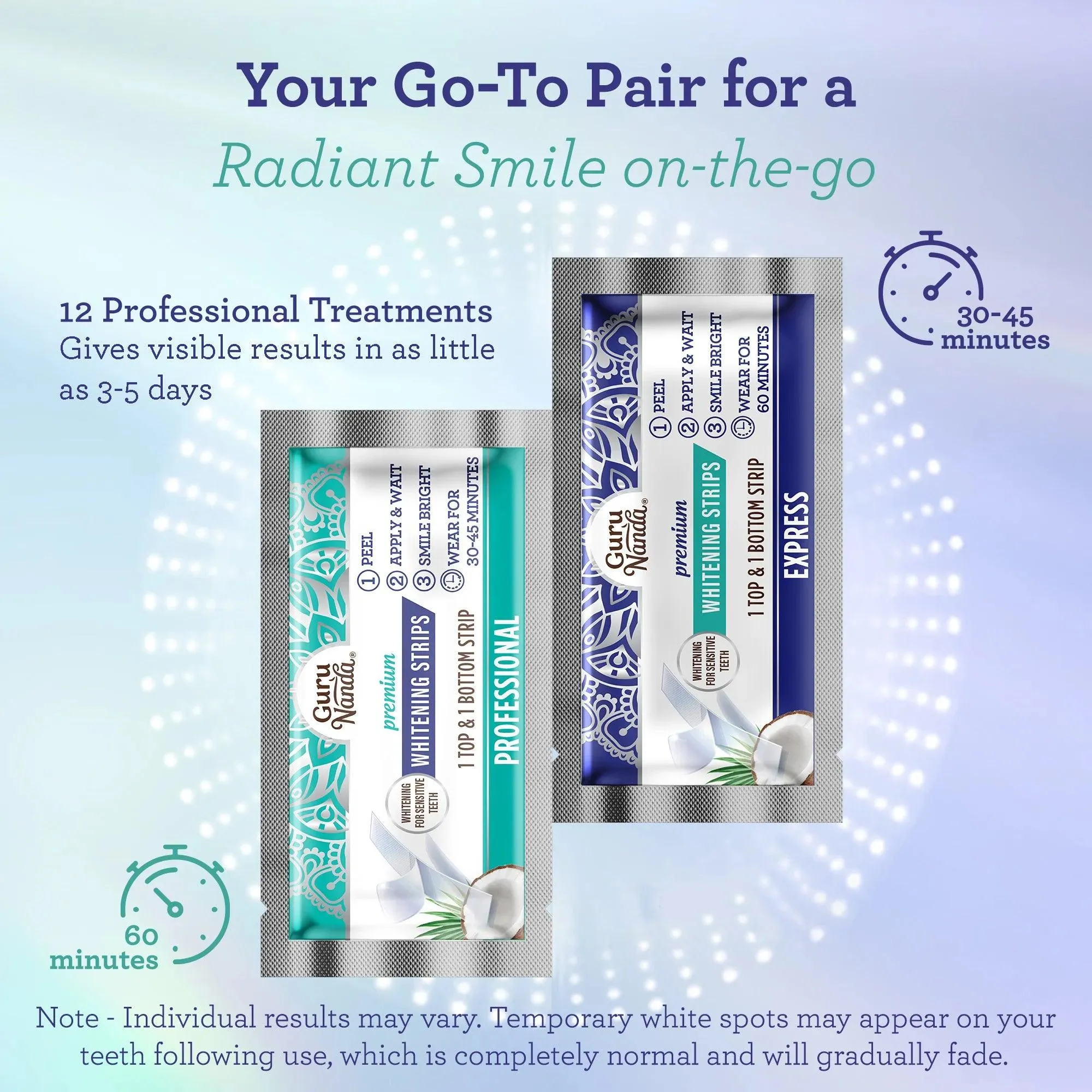
Despite the potential risks, whitening strips offer several advantages. They are an accessible and convenient option for those seeking to brighten their smiles. The benefits include enhanced aesthetics, improved self-confidence, and a relatively affordable cost compared to professional treatments. However, it is essential to weigh these advantages against the potential risks and to prioritize the health of your teeth and gums. Proper usage, as directed, is the key to experiencing the benefits while minimizing the drawbacks.
Achieving a Brighter Smile
The primary benefit of using whitening strips is the ability to achieve a brighter smile. The whitening agents break down stains and discoloration, making teeth appear whiter and more aesthetically pleasing. This can have a significant impact on self-esteem and overall appearance. Consistent, proper use of whitening strips can result in a noticeable improvement in tooth color within a few weeks. However, the degree of whitening varies based on the initial shade of your teeth and the type of stains. It’s important to have realistic expectations and to be patient with the process.
Convenience and Ease of Use
Whitening strips are designed for ease of use. They can be applied quickly and easily at home, without the need for a dentist visit. This convenience makes them a popular choice for people with busy schedules. Unlike professional treatments, whitening strips don’t require dental appointments or chair time. They are portable and can be used anywhere, making them a practical option for maintaining a brighter smile. However, it is crucial to remember that convenience should not come at the expense of your oral health, and adhering to usage instructions remains paramount.
Alternatives to Twice-Daily Whitening Strips
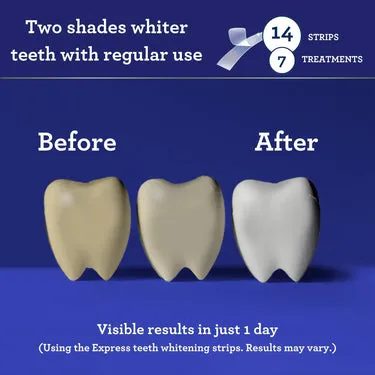
If you’re seeking a brighter smile but are concerned about the risks of using whitening strips twice a day, several alternatives are available. These options offer different levels of effectiveness and convenience. From professional treatments to other over-the-counter products, exploring alternatives can help you find a method that aligns with your needs and oral health concerns. Consulting your dentist is a good place to start and to determine the best approach for your specific situation. It is better to use less aggressive but safe methods rather than seeking immediate results and damaging your teeth.
Professional Whitening Treatments
Professional teeth whitening treatments, performed by a dentist, are often the most effective way to achieve a significantly brighter smile. These treatments utilize higher concentrations of whitening agents and can provide more dramatic results than over-the-counter products. In-office whitening typically involves the application of a bleaching gel and the use of a special light or laser to accelerate the process. Dentists can also create custom-fitted trays for at-home whitening, ensuring a precise fit and minimizing the risk of irritation. While professional treatments are typically more expensive, they are performed under the supervision of a dental professional, reducing potential risks and offering personalized care.
Over-the-Counter Whitening Options
Besides whitening strips, several other over-the-counter options are available. Whitening toothpastes contain mild abrasives and chemicals to remove surface stains. Whitening mouthwashes can help maintain a brighter smile. Whitening gels and trays are also available. These products typically contain lower concentrations of whitening agents than professional treatments or some whitening strips, making them a safer option for daily use. They may require more time to produce visible results but offer a less aggressive approach. It is crucial to select products from reputable brands and to follow the manufacturer’s instructions carefully.
Best Practices for a Whiter Smile
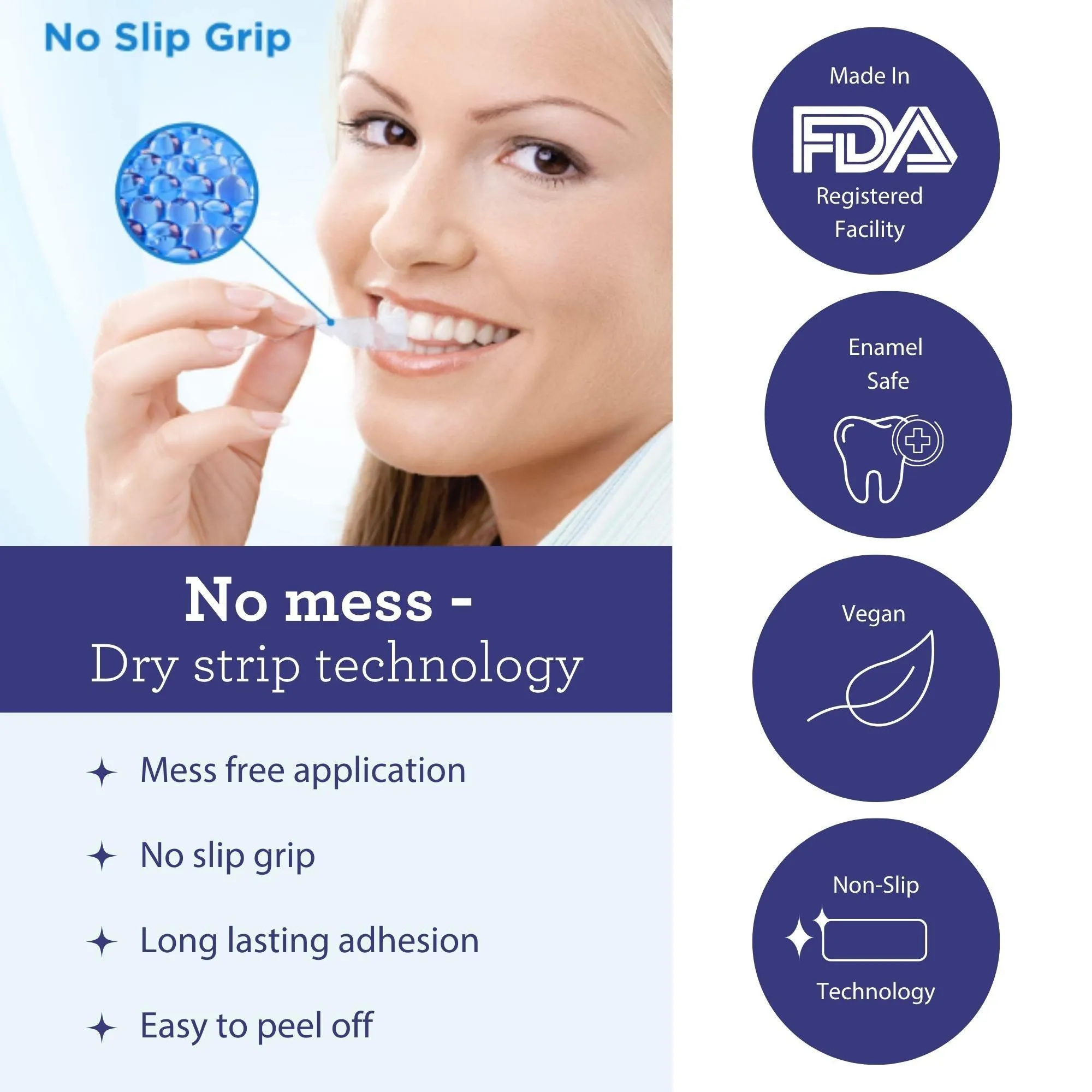
Regardless of the whitening method you choose, several best practices can help you maintain a brighter, healthier smile. These include proper oral hygiene habits, regular dental check-ups, and lifestyle choices that minimize staining. By adopting these practices, you can optimize the results of your whitening efforts and promote long-term oral health. Consistent care and attention to detail are crucial for achieving and maintaining a beautiful, healthy smile. Remember that a healthy smile is a bright smile.
- Brush your teeth twice a day with a fluoride toothpaste.
- Floss daily to remove plaque and food particles.
- Visit your dentist for regular check-ups and cleanings.
- Limit consumption of staining foods and beverages, such as coffee, tea, and red wine.
- Quit smoking or avoid tobacco products.
- Use a straw to drink staining beverages to minimize contact with your teeth.
In conclusion, using whitening strips twice a day is generally not recommended due to the increased risk of tooth sensitivity, gum irritation, and enamel erosion. While the desire for faster results is understandable, adhering to the manufacturer’s instructions is crucial for protecting your oral health. Exploring alternative whitening methods, such as professional treatments or other over-the-counter options, might be a safer way to achieve a brighter smile. Always consult your dentist for personalized advice and to ensure that your oral health is prioritized. Remember, a healthy smile is a beautiful smile. Prioritize your oral hygiene and follow the product instructions.
